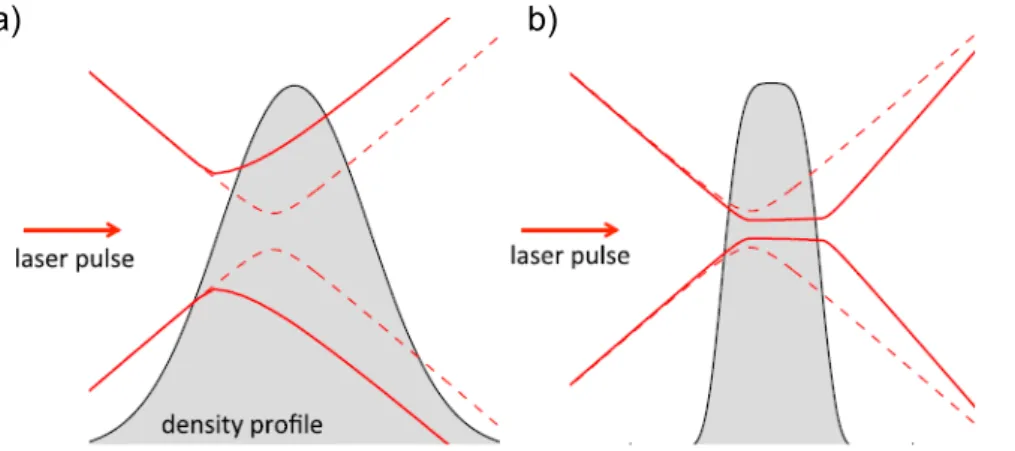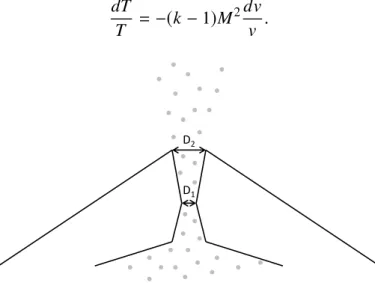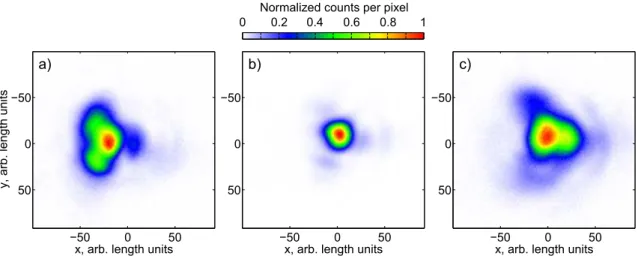High-repetition-rate relativistic electron acceleration in plasma wakefields driven by few-cycle laser pulses
Texte intégral
Figure
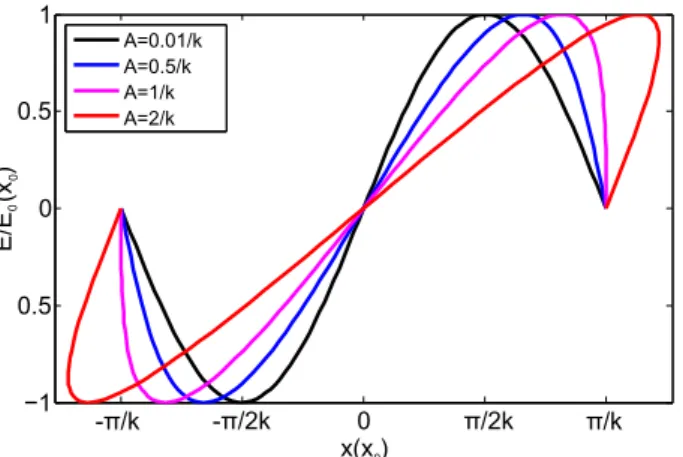
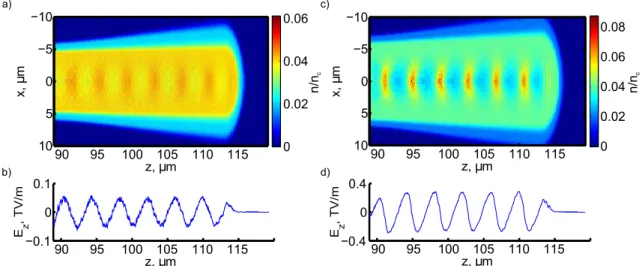
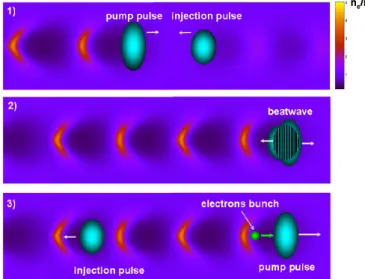
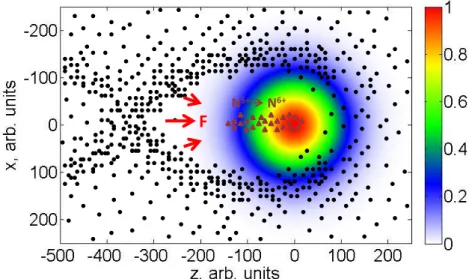
Documents relatifs
The boundary layers over rigid fish were marked by separation of flow and transition to a turbulent boundary layer at speeds lower than observed in the flat plate. In general, local
L’archive ouverte pluridisciplinaire HAL, est destinée au dépôt et à la diffusion de documents scientifiques de niveau recherche, publiés ou non, émanant des
Reliability criteria associated to a Web table are retrieved thanks to SPARQL queries (generated by using the ontology). Each answer associated with a given row of a Web table is
By using a 3-stage model calculation that describes the iso- topic evolution in chondritic reservoir and core segregation, as well as silicate differentiation, we show that the
Here, data dependencies are related to mesh topology, and evolves accordingly: – gradation, contraction and smoothing involve the vicinity of each active node; – refinement involves
For the target density behind the 4-g/cm 3 shock and the electron energy ux of 3 × 10 14 W/cm 2 (8% of the incident laser intensity), one nds a pressure boost of 120 Mbar,
Nous avons été dans l'obligation de changer les dimensions des deux antennes (tableau 4.16) afin de conserver une partie des performances de l'antenne dans les divers bandes
Les capacités d’accumulation du Pb par le radis (Raphanus sativus L.) ont été étudiés par plusieurs travaux comparées avec celles des plantes de la même famille des

